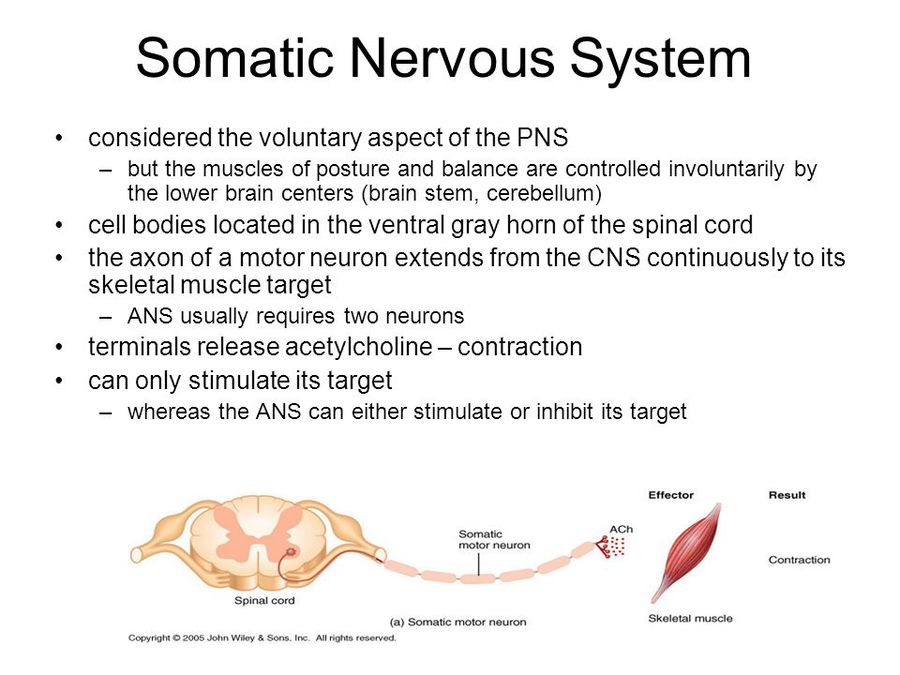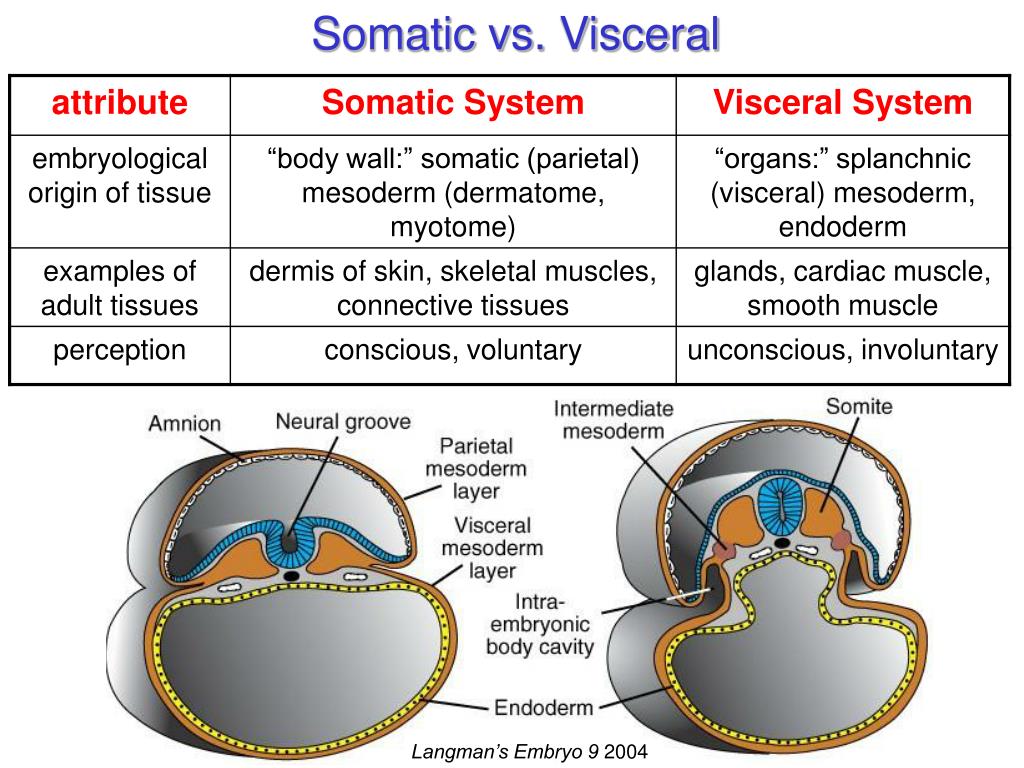

It has a nucleus, mitochondria, and so forth. Neurons have all the same things a cell normally does. One nerve is made up of millions of specialized cells called neurons, all they do is pass electrical signals from one to the next. The sensory neuron connects right to the motor neuron, so the reflex happens as quickly as possible. This process is called the reflex arc.Īnother classic example is when the doctor taps your knee so that your leg jumps. There, the signal goes right from the afferent nerve to the efferent nerve, from sense to motion without stopping to think. Rather than going to the brain, the signal makes a shorter trip to your spinal column. In order to react more quickly, reflexes take a shortcut. In the time it takes for a signal to make it to your brain and then come back, you might have quite a serious burn. You reflexively flinch away from the pain and heat that might damage your skin. We’ve all experienced this, for example when touching a hot stove accidentally. However, sometimes something sudden or serious has happened, so there needs to be a quick reaction. It’s generally the same nerves and neurons involved.

In some circumstances, though, your SNS will act automatically. Most of what the somatic nervous system does, however, is all about voluntary actions, things you decide to do. An example of something you can’t consciously control might be your digestive system. Your body can be separated in broad strokes between the aspects you can consciously control and those you cannot. This automatic response is better known as a reflex. However, we can actually respond even faster, as sometimes signals travel right from sensory neurons to motor neurons, causing a muscle contraction. It takes only a fraction of a second for signals to travel back and forth from the brain. Those that transmit signals to motor neurons are called efferent nerves. Pain relievers and medications for nerve pain work partly by stopping those signals. Nerves that transmit signals to the brain are called afferent nerves. From the spine, nerves branch out to your arms and legs. One nerve from the pair transmits signals from sensory organs up to the brain, while the other sends signals down to motor neurons. 31 pairs of nerves run from your spinal cord and down your spinal column. They don’t get involved in the SNS.Īll the nerves in the rest of the body do. Most of your organs, including your heart and lungs, are connected by the autonomic peripheral nervous system. Most of the nerves that aren’t part of the brain and spinal cord belong to the peripheral nervous system. Most of the rest of the SNS, however, is part of the peripheral nervous system. In addition, 12 pairs of nerves that are part of the SNS run to the ears, eyes, and mouth. Īs we’ve mentioned, signals are processed in the CNS, the brain. All of those signals are traveling through the somatic nervous system. That signal gets transmitted to the skeletal muscles in your arm and hand, the muscles that you use for voluntary and reflex movements. You decide to pick it up, sending another signal down to your hand. If you touch it, sensory neurons in your fingers pick up that sensation and transmit it to your brain. To understand what that means a little more clearly, imagine a cold glass of water. It connects the central nervous system (CNS), your brain, and spinal cord, to the rest of your body, communicating sensory and motor signals.

The somatic nervous system (SNS) consists primarily of 31 pairs of spinal nerves and 12 pairs of cranial nerves.


 0 kommentar(er)
0 kommentar(er)
